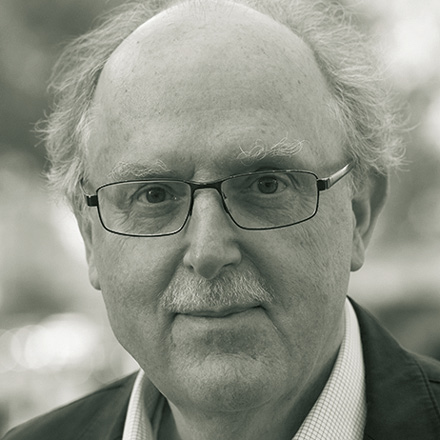Editorial
Smallholder productivity
No doubt, clashes over food would be much more frequent and violent if there was too little food. Global population growth, however, will make such bottlenecks more likely. In 40 years, some nine billion people will inhabit the Earth. That is around two billion, or 30 %, more than live today. After 2050 or so, the total number will shrink again. Demographic change is a global trend.
Providing nine billion people with food is certainly a daunting challenge, but it should be feasible. In comparison, the world population almost doubled from 3.7 billion to seven billion in the past 40 years. In the late 1960s, a scientific bestseller had the title “The population bomb”. Back then, it would have seemed utopian that hunger and malnutrition in 2011 should be only due to the lack of inadequate distribution of food, rather than result from insufficient production. While the number of malnourished people has varied over the years, however, it has stayed depressingly close to the one billion mark in the course of the past four decades.
It is a complex challenge to ensure enough food is produced in the long run. Relevant issues include:
– infrastructure – in many developing countries, a large share of all harvested crops rots because of inadequate storage and transport facilities;
– education – many farmers in poor countries never went to school and, on their own, they are unable to obtain information on how to boost their yields and incomes;
– nutritional habits – the more meat people consume, the more grain must be used to feed animals, so less is available for humans to eat;
– energy prices – expensive oil means expensive fertiliser, among other things;
– agricultural fuel-crops – maize that is turned into gasoline does not still anyone’s hunger; and
– biotechnology and biodiversity – high-yielding varieties increase harvest volumes, but generating the desired properties in plants depends on access to the genetic diversity of traditional varieties.
Today, almost all arable land is already being used. Accordingly, it will be important to maximise the yields per acre in the future. While small farms are hardly viable in business terms, large plantations tend to cause serious environmental damage. Land reform and redistribution are politically very difficult to implement, and they go against the grain of donor policies on property rights. All summed up, the crucial issue will be to boost the productivity of smallholders for the sake of global food security.
Investments in infrastructure and education will serve that purpose, and so will easier access to markets and credit. These things add up to a manageable political agenda, provided there is the necessary political will. Extreme wheather events, however, can fast blunt all such efforts, thwarting the expectations of farmers and policymakers alike. Climate protection is therefore the most important single requirement for protecting the world’s future population of nine million people from hunger and need.










